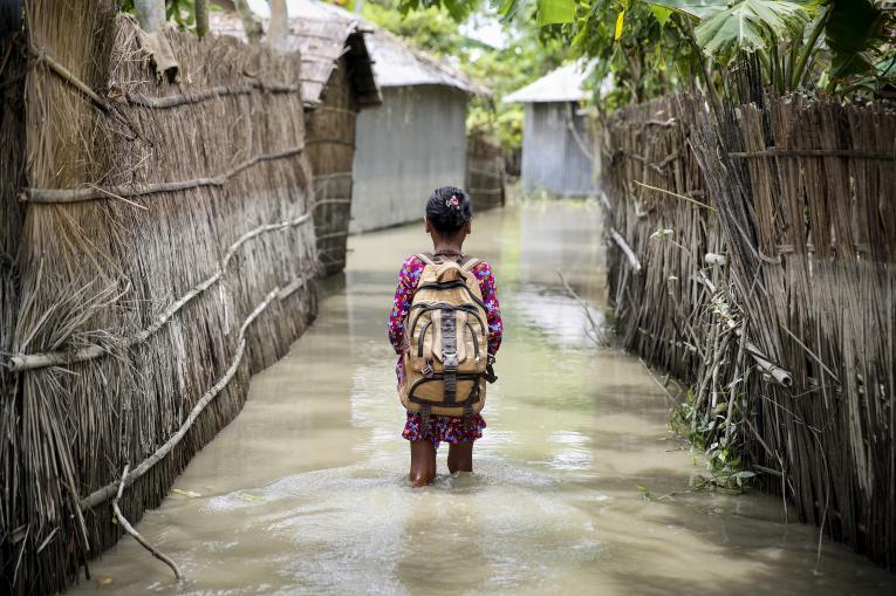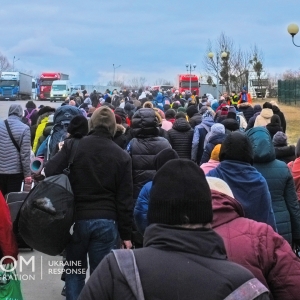
Unveiling hidden migration and mobility patterns in climate stressed regions: A longitudinal study of six million anonymous mobile phone users in Bangladesh
Summary
In Bangladesh, climate resilience is a major concern due to the country’s vulnerability to cyclones combined with sea-level rise that is occurring faster than global averages, exposing roughly 20.5 million people to the risk of inundation by 2050. In this and similar contexts, data on migration and displacement are especially critical to provide for appropriate and timely humanitarian support; however, short-term human mobility is extremely hard to quantify using conventional survey-based research. This project investigates the potential of using mobile phone data to supplement survey data in order to gain a better and faster understanding of voluntary and forced internal population movements caused by climate change.
Results
This project demonstrates that mobile network data can supplement current survey-based approaches to monitor, interpret and respond to migration caused by climate change, both with regard to extreme weather and slow-onset climatic stressors. Mobile network call detail records (CDRs) come in an industry standard format, which contains the location of the closest mobile phone tower at the time of each call, text message or data download. With these data, the research team was able to concurrently quantify incidence, direction, duration and seasonality of migration episodes in Bangladesh. The project shows, for instance, that there is a strong positive association between the number of individuals and the distance that people are moving. However, there is an unexpectedly weak negative correlation between in- and out-migration of specific regions; while people generally left their affected districts after the cyclone, some stayed or even moved into these areas. This means that one may only cautiously assume that increased out-migration means a net loss of population at the same time, and that it is advisable to complement analyses with assessments of changes in in-migration rates. Overall, this study has demonstrated that using mobile phone data is a valuable supplement to survey data sources in order to gain detailed national level insights on (forced) population movements. Potentially, this approach can be replicated for every region that is covered by services of mobile network operators.
(Photo: © UNICEF, UN0286416, Akash)



